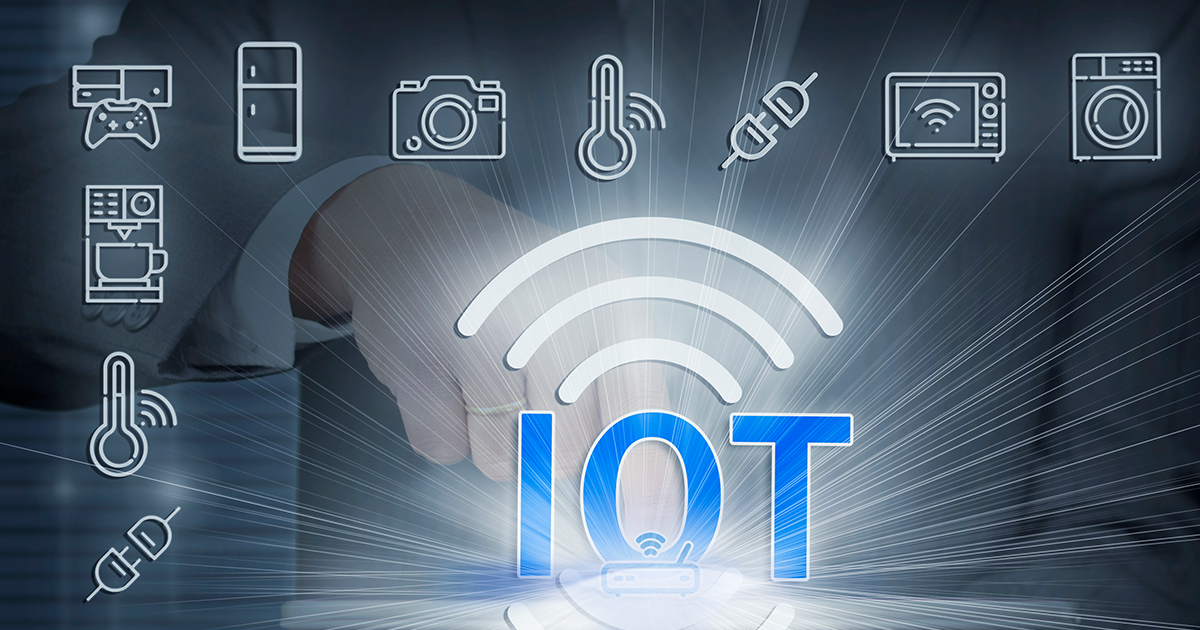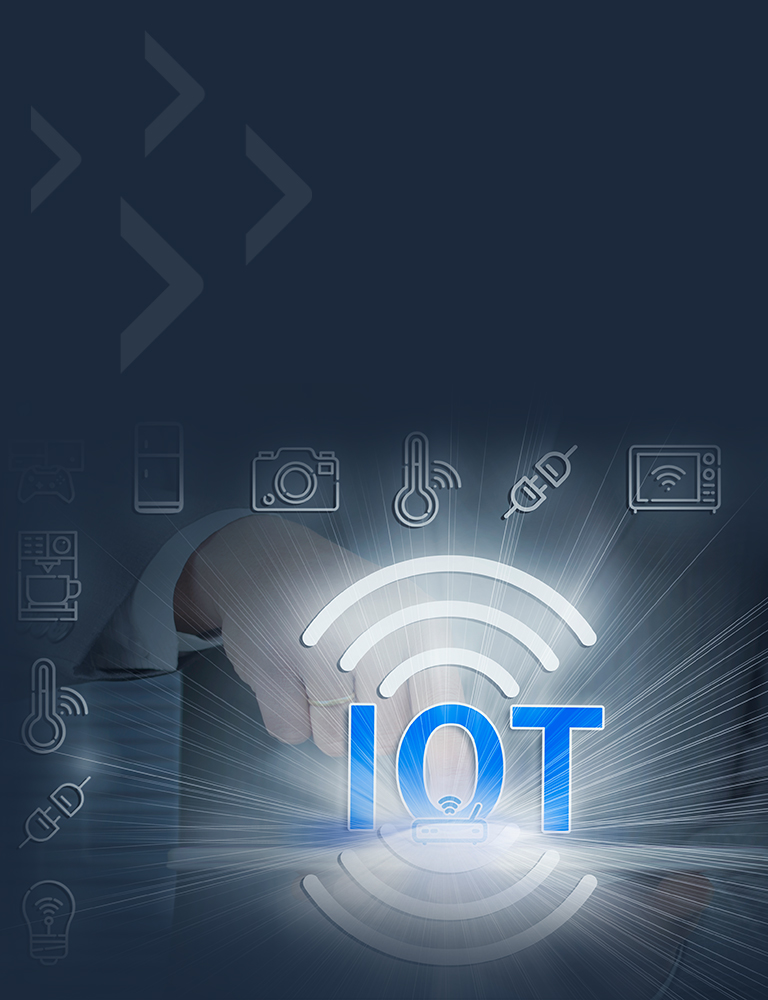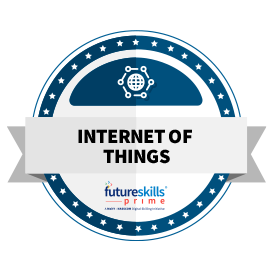Course Provider

What will you learn in this course?
- Introduction to IoT ‐ Concepts and Technologies
- Internet of Things Architecture
- Device Design ‐ Sensors and Embedded Development Boards
- Boards ‐ Arduino, Raspberry Pi, ESP8266
- Communication with Bluetooth and WiFi modules
- IoT Communication Protocols ‐ Wired, Wireless, Application, Transport Layer
Course on Internet of Things
-
 Skill Type
Emerging Tech
Skill Type
Emerging Tech -
 Domain
Internet Of Things
Domain
Internet Of Things -
 Course Category
Deepskilling Course
Course Category
Deepskilling Course -
 Placement Assistance
Yes
Placement Assistance
Yes -
 Certificate Earned Partner Completion Certificate
Certificate Earned Partner Completion Certificate -
 Nasscom Assessment Coming Soon
Nasscom Assessment Coming Soon -
 Course Covered under GoI Incentive
Yes
Course Covered under GoI Incentive
Yes -
-
 Course Price
INR 23,200
Course Price
INR 23,200 -
 Course Duration
48 Hours
Course Duration
48 Hours
-
Why should you take this course?
It is easy to explore the new technology and applications. It's better decision-making solution and communication made creators more confident to represent themselves. IoT is best opportunity for career-oriented creators as they can learn, build and understand system on its own.Who should take this course?
The course is available for professionals and graduates with basic knowledge of electronics and a good understanding of high-level programming concepts.
Curriculum
- Basics of Electronics, Introduction to IoT concepts and Technologies, Internet of Things Architecture and Implementation
- Arduino Programming Language concepts- Introduction to Arduino Embedded Development Board and ATmega Microcontroller
- Working with Arduino IDE 1.8.6 and programming Arduino MEGA Hardware
- Interfacing Arduino with LED, Breadboard
- Data Representation concepts
- Serial Communication – UART Protocol, USB Protocol
- UART to USB Conversion
- Working with Serial ports in Arduino
- Introduction to Sensors and Concepts
- InfraRed Proximity Sensor Principles, working and connecting with Arduino
- IoT Communication Wired and Wireless Protocols Layers and Protocols - TCP/IP Layer, OSI Model
- IEEE Standards – Bluetooth Standards. Bluetooth Module – Working of HC05 Module, Bluetooth Standards, Specifications, Protocol Stack, versions, controlling devices using Bluetooth module
- Collecting Real time data using Temperature Sensor (DHT11) – DHT11 libraries and principle
- Wireless Technologies & Standards – NodeMCU WiFi Development Boards
- Connecting NodeMCU WiFi module to Internet
- Cloud Computing – Introduction, Services and Importance in IoT
- Introduction to ThingSpeak Cloud and Working with ThingSpeak API Keys and Channels
- Data collection from Sensors and automatic storage in ThingSpeak Cloud using NodeMCU
- ESP8266 WiFi Chip – Working Principle, pin outs, connection with Arduino MEGA board, AT Commands
- Setting up TCP Client using ESP8266
- Data collection from Sensors and automatic storage in ThingSpeak Cloud using ESP8266 and Arduino MEGA
- Send Messages to IoT devices using Talkback
- REST Client
- Control IoT Devices remotely from REST Client in System and Mobile
Tools you will learn in this course
- Arduino
- Raspbian os
FAQs
Target high-value business outcomes and ensure that the solution is sustainable. The solution should work reliably for years into the future. Develop a mindset that enables you to identify a problem that is looking for an answer and not an IoT idea looking for a problem.
Having insight is knowing something has or will happen—for example, knowing that a machine is about to break, possessing information about a problem, or knowing how to resolve a problem by scheduling a repair. The insight will be a part of solving a business problem. After careful thought on what the insight is saying, an action plan can be put in place.
Machine learning plays an important role in IoT, as it can yield insights from difficult-to-handle data. Machine learning calculations can often occur at the edge, because of the data volume. Once a system learns how to solve a problem using tools in the cloud or in an enterprise's data center, the learning can then be deployed to an inferencing engine at the edge to run in real time.




